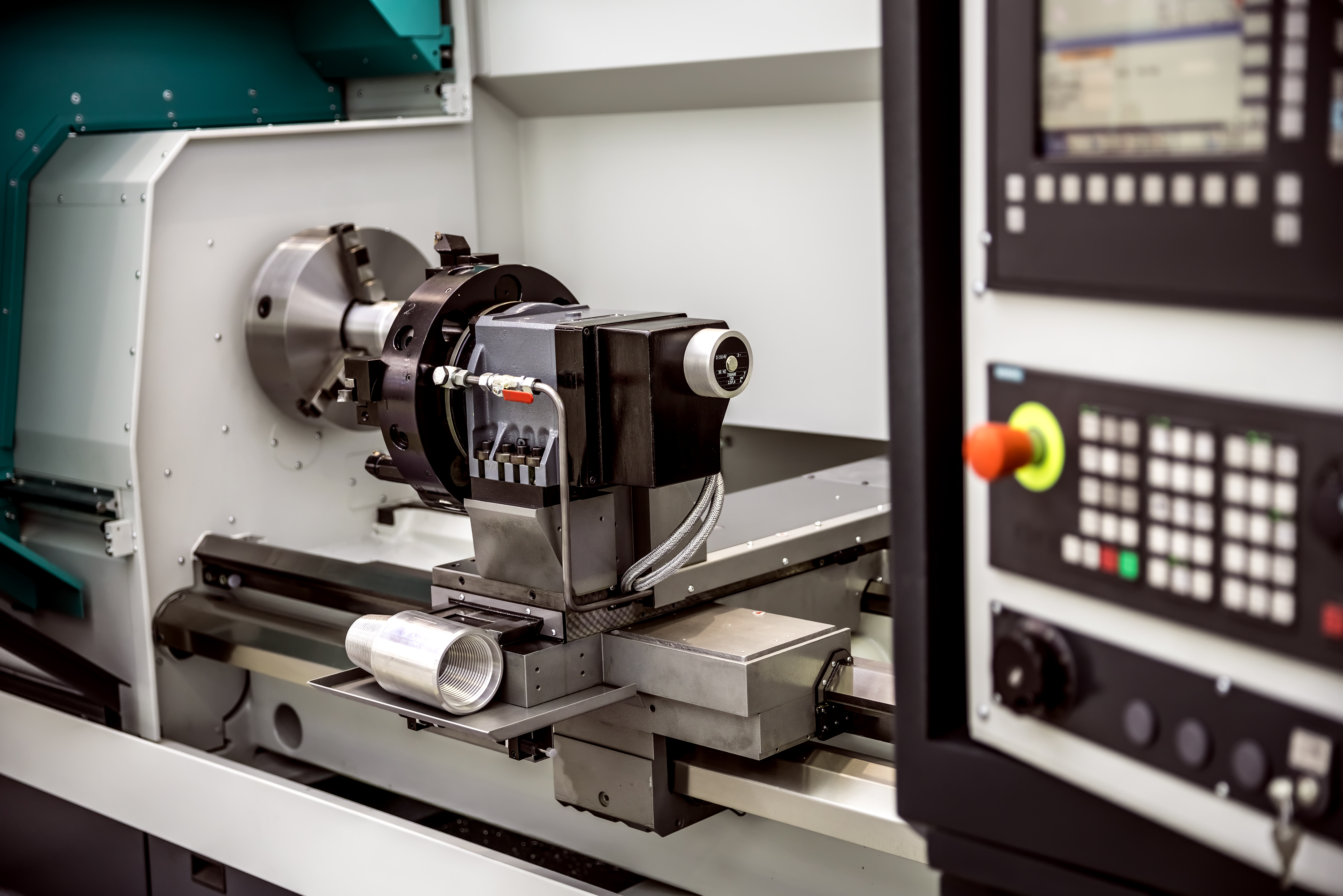
In modern manufacturing, CNC systems serve as the "brains" of machine tools, directly determining machining accuracy, production efficiency, and product quality. Facing a wide array of CNC system brands in the market, from global giants like FANUC and Siemens to domestic leaders such as GSK, how can enterprises select the most suitable "brain" for their equipment? This article provides professional selection references by comprehensively analyzing the core performance and application scenarios of three mainstream CNC systems.
As a global leader in CNC systems, FANUC is renowned for its high reliability and excellent precision control. The 0i-MF PLUS series supports nanometer-level interpolation, keeping contour errors within ±0.001mm, making it ideal for processing complex curved parts in the aerospace industry. The built-in AI thermal displacement compensation technology automatically corrects coordinates based on spindle temperature, ensuring that the precision fluctuation during long-term continuous machining is less than 0.003mm. Additionally, FANUC systems feature an intuitive operation interface and abundant maintenance resources, making them suitable for large manufacturing enterprises with extremely high requirements for equipment stability.
Siemens' CNC systems stand out for their open architecture and robust communication capabilities. The 840D sl series supports the OPC UA industrial protocol, enabling seamless integration into factory digital management systems for real-time equipment data monitoring and analysis. In five-axis simultaneous machining, its dynamic feed-forward control technology can predict tool path changes in advance, increasing machining efficiency by over 20%. Moreover, Siemens systems support advanced programming languages, facilitating enterprises' personalized function development. They are especially suitable for industries with high intelligence requirements, such as automotive parts manufacturing and mold processing.
As a representative of domestic CNC systems, GSK has gained market share through its cost-effectiveness and rapid localized services. The 988TA series utilizes self-developed high-speed and high-precision algorithms, achieving a linear interpolation speed of 60m/min and an arc interpolation speed of 30m/min in 3C product machining, meeting the high-efficiency production demands of the consumer electronics industry. The built-in intelligent diagnosis function can automatically identify over 90% of common faults and push solutions via a mobile APP. With 24-hour technical support and customized training services, GSK is more suitable for small and medium-sized enterprises with limited budgets but high requirements for service responsiveness.
FANUC or Siemens systems are recommended. Parts such as aero-engine blades and aircraft structural components demand extremely high machining precision and surface quality. FANUC's high-precision control and Siemens' optimized five-axis machining technology ensure the precision of complex curved surfaces, while also meeting the certification requirements of the AS9100 aerospace quality management system.
The selection should be tailored to production scale: For large-scale automated production lines, Siemens systems are preferred due to their digital integration capabilities, enabling seamless coordination with robots and inspection equipment. For small to medium-sized customized production, GSK systems can be considered to reduce equipment procurement costs while maintaining machining efficiency.
GSK systems are the top choice due to their cost-effectiveness and rapid changeover capabilities. With the fast-paced product updates in the 3C industry, GSK systems support quick programming and multi-channel machining, enabling efficient production of components like mobile phone casings and tablet frames, while also meeting the industry's demand for equipment flexibility.
Mismatch Risk: Avoid blindly pursuing high performance. For example, choosing a five-axis simultaneous system for simple turning operations can lead to cost waste.
Compatibility Issues: Ensure that new systems are compatible with existing equipment (such as servo motors and tool magazines). It is advisable to confirm interface protocols with suppliers in advance.
Service System Consideration: Select brands with local service networks to ensure rapid response in case of equipment failures.
In the process of CNC system selection, there is no absolute "best solution"—only options that best fit an enterprise's production needs. Whether it's an international brand for ultimate precision or a cost-effective domestic system, the key lies in aligning with machining processes, production scale, and budget to equip machine tools with the most suitable "brain". For exclusive selection solutions or more technical details, feel free to contact our technical team for one-on-one professional guidance.

